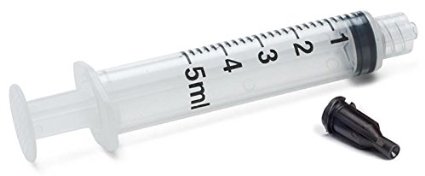bobbytuck
Well-Known Member
- Joined
- Apr 12, 2010
- Messages
- 310
- Reaction score
- 51
Interesting. I started double-crushing -- and getting a very fine crush -- and while my OG targets were usually spot on, I found that the fine crush tended to clog up the ball valves (even with the step filter screens properly in place and a spoon face down between the top screen and the plexiglass lid).
I've since backed up to a single crush, and I've had much better luck with recirculation and a fewer free particles running through the system and clogging things (I can tell if it's clogged when my mash temp varies by more than a few degrees or my boil temps go up to 210 and then down to 203 or so. That's usually the sign of an issue somewhere in the system -- and either it needs a serious deep clean or the ball valves are clogged with grain bits.)
In terms of OG targets, I find the online recipe crafter pretty accurate. I'm not a stickler for specific styles -- and (in general) I tend to prefer more sessionable beers anyway -- and I find the normal efficiency mash works for me. But I I alternate between the schedules. Yesterday I made a Rye IPA with the high efficiency schedule plus a 60 minute whirlpool (and almost ran out of steps in the Advanced editor) but the final beer was spot on in terms of the recipe crafter's OG estimate. Normal, single crush (via Barley Crusher set at the factory default).
I've since backed up to a single crush, and I've had much better luck with recirculation and a fewer free particles running through the system and clogging things (I can tell if it's clogged when my mash temp varies by more than a few degrees or my boil temps go up to 210 and then down to 203 or so. That's usually the sign of an issue somewhere in the system -- and either it needs a serious deep clean or the ball valves are clogged with grain bits.)
In terms of OG targets, I find the online recipe crafter pretty accurate. I'm not a stickler for specific styles -- and (in general) I tend to prefer more sessionable beers anyway -- and I find the normal efficiency mash works for me. But I I alternate between the schedules. Yesterday I made a Rye IPA with the high efficiency schedule plus a 60 minute whirlpool (and almost ran out of steps in the Advanced editor) but the final beer was spot on in terms of the recipe crafter's OG estimate. Normal, single crush (via Barley Crusher set at the factory default).








































![Craft A Brew - Safale BE-256 Yeast - Fermentis - Belgian Ale Dry Yeast - For Belgian & Strong Ales - Ingredients for Home Brewing - Beer Making Supplies - [3 Pack]](https://m.media-amazon.com/images/I/51bcKEwQmWL._SL500_.jpg)



















